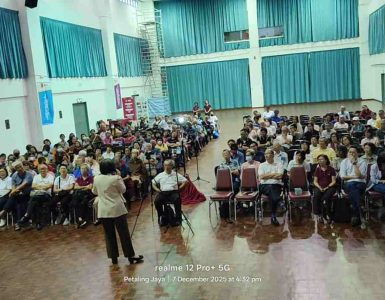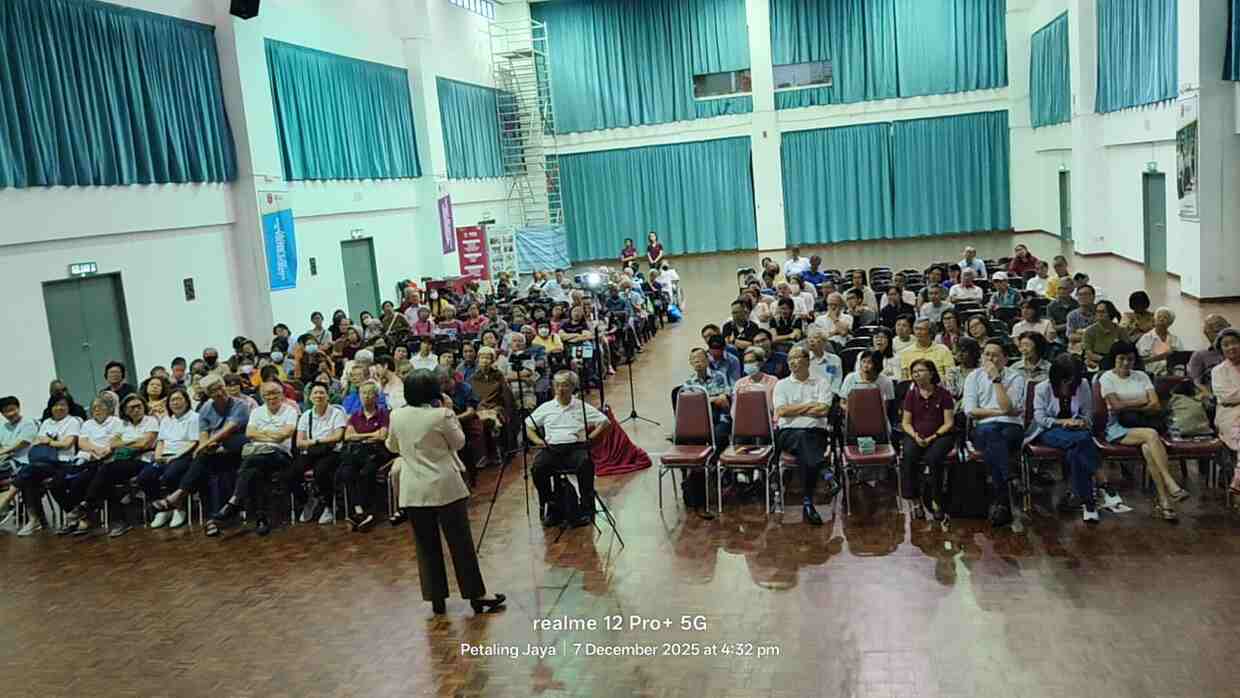After a colourful 83-year history and witnessing the coronation of seven of the 13 Yang di-Pertuan Agong, the curtain falls on Istana Negara tomorrow.
The majestic white edifice with gold coloured domes, a familiar sight to motorists passing Jalan Syed Putra, is officially decommissioned when the head of state’s flag is lowered in a ceremony steeped in tradition on Nov 15.
And concurrently, the grand new Istana Negara at Jalan Duta is the official palace for Malaysia’s future head of states.
The outgoing Yang di-Pertuan Agong Sultan Mizan Zainal Abidin will go down in history as the last head of state to occupy the palace in Jalan Syed Putra.
This is where prime ministers, cabinet ministers, and chief justices took their oath of office.
This is also the palace where hundreds of Malaysian senior diplomats received their appointment letters to serve Malaysia overseas and where foreign diplomats were received.
Thousands of Malaysians shared memorable moments of their life at the palace when they received their awards and titles.
The old humble palace
Remarkably, this palace located on 11.3 hectares land on Bukit Petaling started of as a mansion of a wealthy Chinese businessman, Chan Wing.
Built in 1928, its admirable architecture is the work of leading British architectural firm then, Swan & McLaren.
Chan is said to have lived with his family there until World War II, when the Japanese army occupied the place.
However, after the Japanese occupation ended Chan never returned to stay in his mansion and instead it was bought over by the British Malayan Administration that turned the mansion into British senior officers’ mess.
It’s sheer size, its beautiful edifice, the 13 rooms, and the commanding view it provides impressed many, including the former Sultan of Selangor, Sultan Sir Hishamuddin Alam Shah who first made the mansion as his palace.
In 1957, sometime before Merdeka the federal government bought over the palace and turned it into the official palace for the first Yang di-Pertuan Agong , Tuanku Abdul Rahman Tuanku Muhammad.
And ever since it has been the abode for the Malay rulers who took turns every five years to become the head of state.
A pride of the nation
The Istana Negara at Jalan Syed Putra, known as Lornie Road in those days, has 20 function rooms including ‘balai mengadap’ where dignitaries are received, guest rooms, banquet hall, and the throne room Balairong Seri Utama that houses the royal dias.
The throne room in fact came much later and so the coronation of the earlier coronations were held at Dewan Tunku Abdul Rahman in Jalan Ampang.
The Sultan of Pahang Sultan Ahmad Shah had the honour of going through the first coronation ceremony at the palace in 1980.
The smaller throne room – Bilik Singgahsana Kecil – is where the Agong hands over appointment letters to governors, judges and Malaysian diplomats.
The new Istana Negara
The new Istana Negara in Jalan Duta is set to see the coronation of the 14th Yang di-Pertuan Agong – Sultan Abdul Halim Muadzam Shah of Kedah – in December.
The RM800 million palace is grandeur in design and bigger in size, a fitting recognition to the unique constitutional monarchy system practiced successfully since independence.
While the new Istana Negara will be the seat for the future head of states, the old Istana Negara is expected to serve as the museum of royalty illustrating how the constitutional monarchy in the country had evolved.
– Bernama












